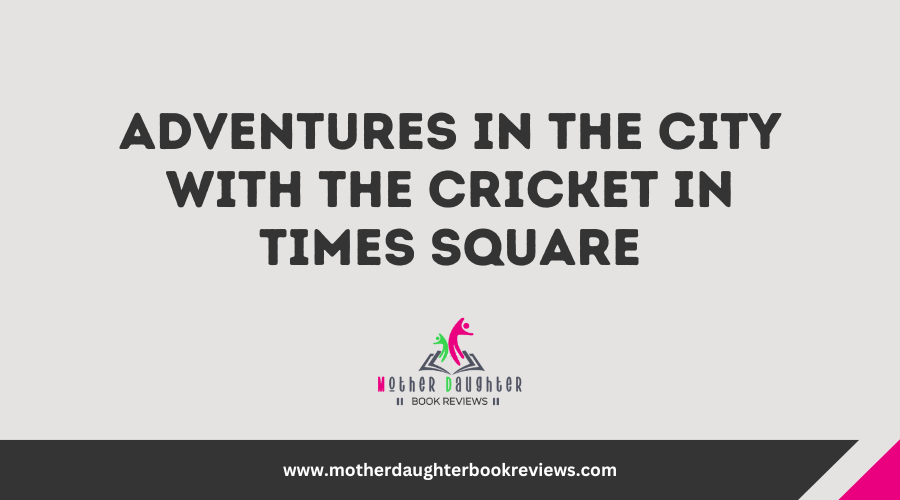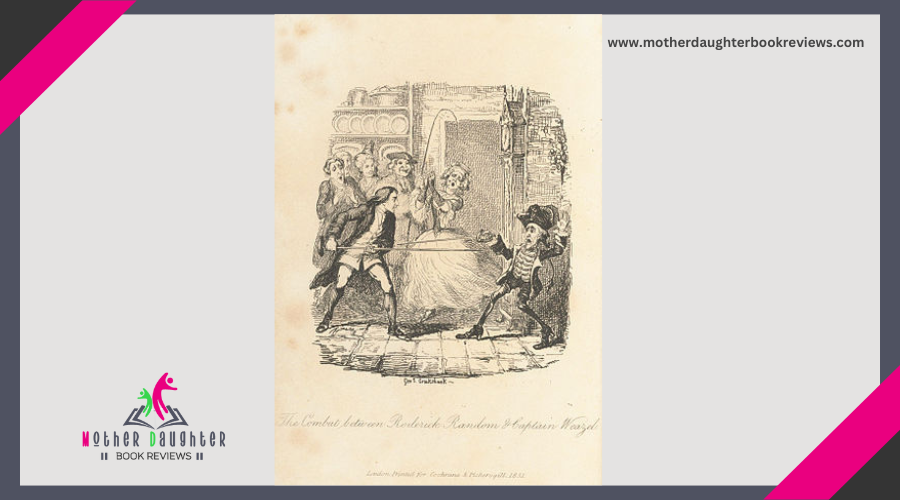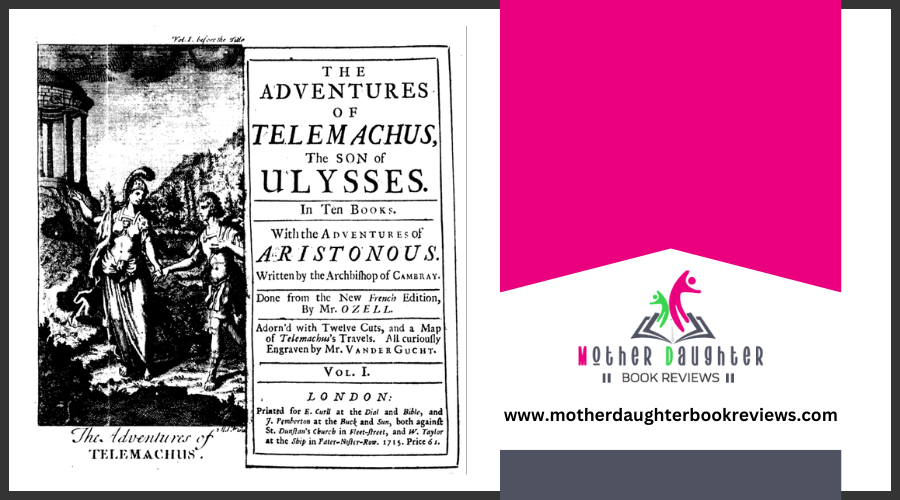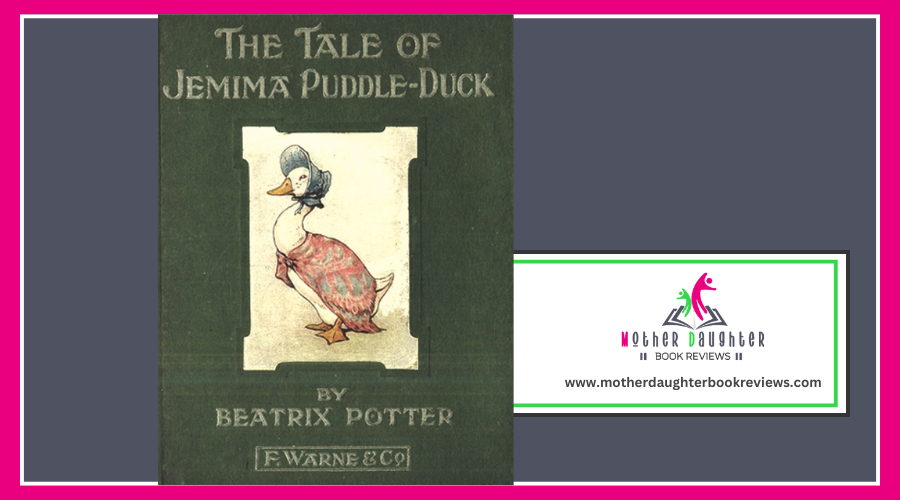Animal Adventures in The Butterfly’s Ball and the Grasshopper’s Feast
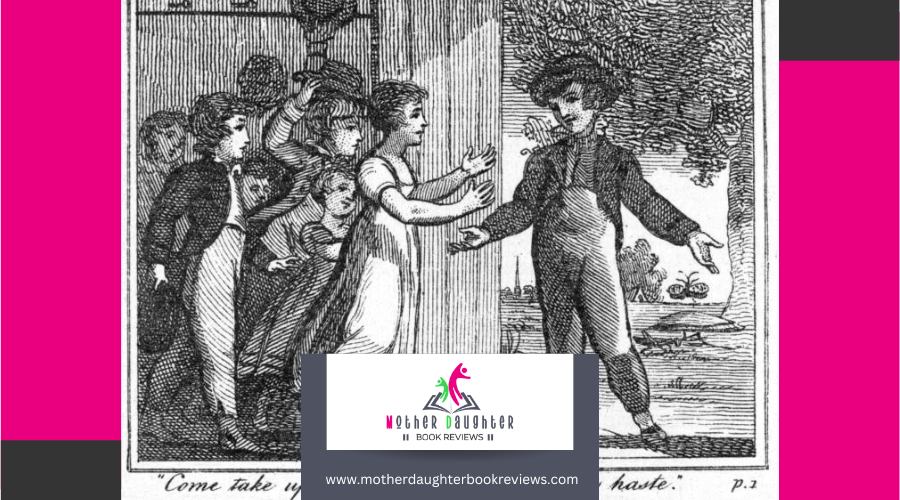
You'll find "The Butterfly's Ball and the Grasshopper's Feast" a delightful and timeless children's tale that has enchanted young readers since its publication in 1807. Written by William Roscoe for his son, the poem brings to life a grand celebration where insects and animals gather in a lively meadow. The Butterfly hosts, sending out invitations, while the Grasshopper provides music for dancing and feasting. With playful rhymes and vivid imagery, this classic tale highlights themes of unity, friendship, and joy. Its charming characters and moral lessons continue to captivate, promising even more wonders as the story unfolds.
The Origins of the Poem
"The Butterfly's Ball and the Grasshopper's Feast" is a delightful poem that traces its origins back to the early 19th century. When you explore its history, you'll find that it was initially published in 1807. This fanciful piece quickly captured the imaginations of both children and adults alike, becoming a beloved classic over the years.
The lively characters and vivid descriptions make it easy for you to picture the lively scene of insects and small creatures gathering for a grand celebration. It's fascinating to think about how such a simple concept could resonate so deeply and stand the test of time.
In its early days, the poem was printed in multiple editions and even inspired numerous adaptations, including musical compositions and illustrated books. Each version invites you to engage yourself in the merry festivities of the insect world. So, when you read "The Butterfly's Ball and the Grasshopper's Feast," you're not just enjoying a charming story, but also participating in a rich literary tradition.
William Roscoe: The Author
Born in Liverpool in 1753, Roscoe wore many hats throughout his life. He was a lawyer, historian, abolitionist, and a passionate advocate for education and the arts. Despite his varied career, it's his contribution to children's literature that often garners the most affection.
Roscoe penned "The Butterfly's Ball and the Grasshopper's Feast" in 1802. This delightful poem was originally written for his young son, showcasing Roscoe's knack for blending whimsy with moral lessons. His writing captures the imagination, inviting young readers to investigate a colorful world where insects and animals come alive in a festive gathering.
What makes Roscoe stand out is his ability to infuse lighthearted storytelling with deeper values. He believed in the power of literature to shape young minds positively. His poem not only entertains but also subtly teaches children about virtues like friendship and joy. In doing so, Roscoe left an indelible mark on children's literature, making "The Butterfly's Ball and the Grasshopper's Feast" a timeless classic.
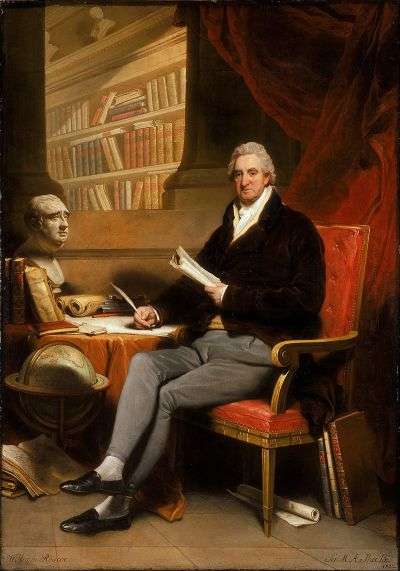
Summary of the Tale
Imagine a world where insects and animals throw a grand festivity filled with joy and camaraderie. In "The Butterfly's Ball and the Grasshopper's Feast," you're transported into a delightful scene where creatures of all kinds gather for an enchanting celebration. The tale begins with the Butterfly sending out invitations to a grand ball. You can almost hear the buzz of excitement as the news spreads through the animal kingdom.
As you read, you'll find yourself at a lively meadow where insects and small animals converge. They come dressed in their finest, ready to dance and feast. The Grasshopper, known for his musical talents, plays lively tunes that keep the crowd on their feet. You'll witness the Beetles, Moths, and even the sly Fox mingling and enjoying the festivities.
The story paints vivid pictures of diverse creatures engaging in dances, games, and feasting on sumptuous food. It's a scene that captures the essence of unity and joy in the animal kingdom. Each moment is filled with laughter and merriment, making you feel like a part of this extraordinary gathering. The tale beautifully illustrates how even the tiniest creatures can come together to create something magical.
Key Characters
Amidst the lively celebration, you'll find a cast of enthralling characters that bring "The Butterfly's Ball and the Grasshopper's Feast" to life. At the heart of the festivities is the graceful Butterfly, whose elegance and charm set the tone for the ball. She's the perfect hostess, fluttering around and ensuring every guest feels welcome.
Next, you'll meet the industrious Grasshopper, who's not just attending but also co-hosting the event. His lively spirit and energetic personality keep the party buzzing with excitement. He's known for his musical talents, often providing a melodic backdrop for the evening.
The Snail, slow-moving yet wise, adds a touch of serene wisdom to the gathering. His presence reminds everyone to appreciate the moment. Meanwhile, the Beetle, with his shiny armor, brings a sense of strength and grandeur to the scene.
Don't forget the playful Ladybug, who dances around with her bright red wings, spreading joy wherever she goes. The Ants, always working together, showcase the importance of teamwork as they help with the preparations.
Vivid Imagery and Language
You'll notice how the language dances off the page. The playful rhymes and rhythmic patterns make each line a joy to read aloud. Phrases like "the grasshopper bearing his lantern" and "the ladybird daintily dressed" paint clear, colorful pictures in your mind. The author doesn't just tell you about the event; they invite you to experience it.
Moreover, the choice of words is both fanciful and precise. Each adjective and verb adds a layer of richness, making the scene more lively and engaging. You find yourself surrounded by the festivities, almost able to hear the music and feel the excitement. This imaginative use of language not only entertains but also sparks creativity, making "The Butterfly's Ball and the Grasshopper's Feast" a timeless delight for young readers.
Artistic Illustrations
Illustrations in "The Butterfly's Ball and the Grasshopper's Feast" breathe life into the fanciful narrative, transforming words into vivid scenes. You can't help but marvel at how each illustration captures the essence of the story, making the characters and events leap off the page. The lively colors and intricate details draw you in, inviting you to investigate every corner of the playful world depicted.
As you turn each page, you'll notice the way the illustrations enrich the storytelling. The artist's skillful use of color, light, and shadow creates a sense of depth and movement, making you feel like you're right there amidst the energetic festivities. The characters, from the elegant butterfly to the lively grasshopper, are brought to life with expressions and postures that convey their personalities and emotions.
You'll appreciate how the illustrations not only complement the text but also add layers of meaning and enjoyment. They provide visual cues that help younger readers follow the plot and understand the interactions between characters. The artwork makes the story more engaging and accessible, turning reading into a delightful visual experience.
Modern Adaptations
Modern adaptations of "The Butterfly's Ball and the Grasshopper's Feast" capture the timeless charm of the original tale while introducing contemporary elements that resonate with today's audiences. You'll find that modern authors and illustrators have cleverly woven in themes of environmental awareness and inclusivity. These versions often feature varied characters and settings, making the story more relatable for children from multiple backgrounds.
You might come across adaptations that incorporate interactive digital elements. These e-books and apps allow children to engage with the story in creative ways, such as tapping characters to hear their dialogue or playing mini-games that teach valuable lessons. This interactive approach keeps young readers captivated and improves their learning experience.
Additionally, modern adaptations often include updated language that's easier for today's children to understand, without losing the poetic essence of the original. Some versions even integrate musical components, where children can sing along to tunes inspired by the story.

